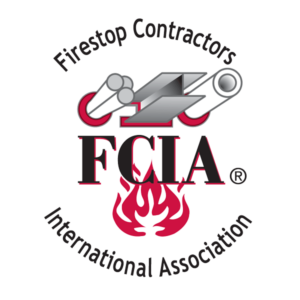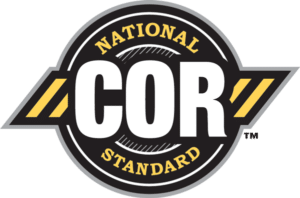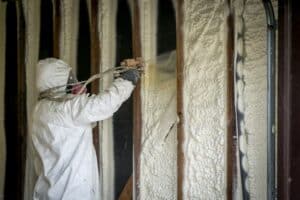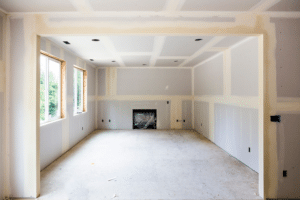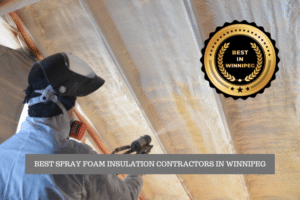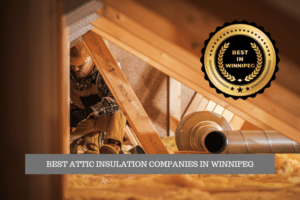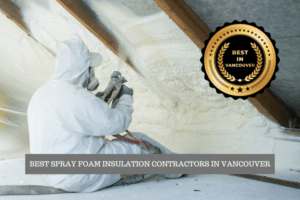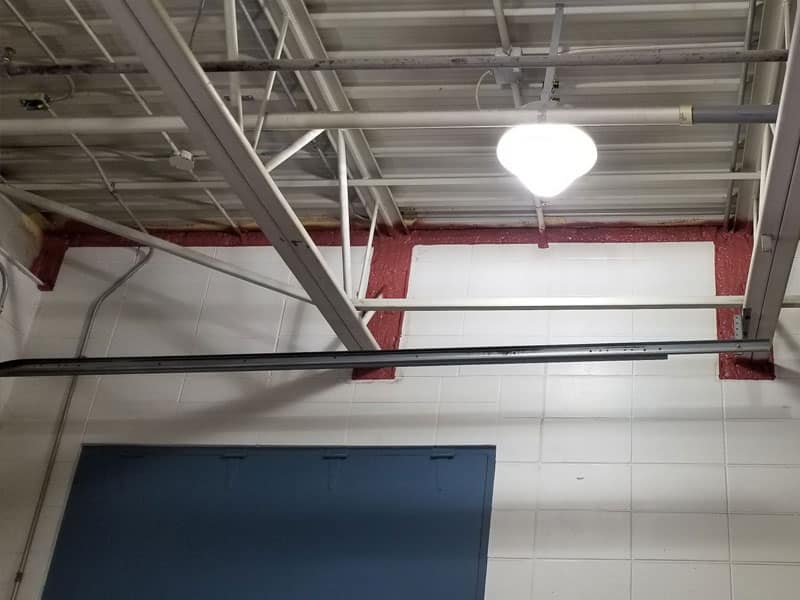
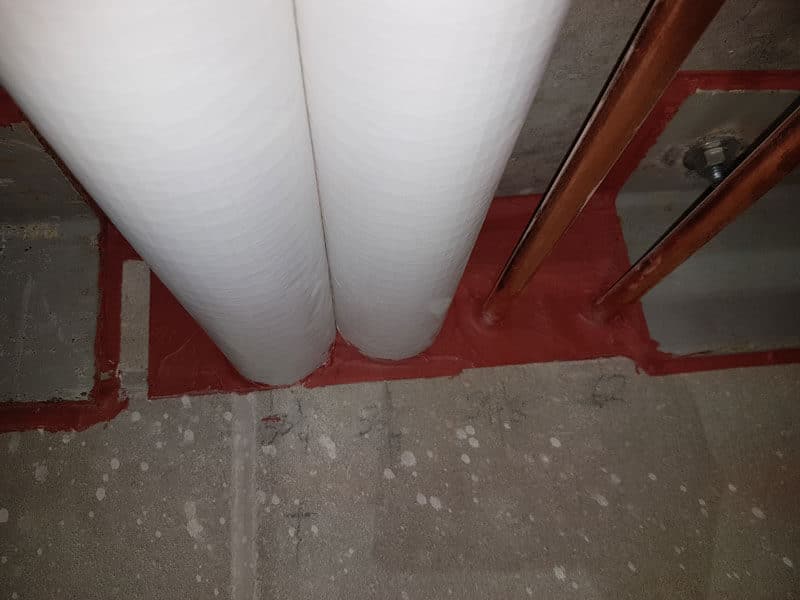
A house or building fire can be scary, dangerous, and costly. Things like a smoke detector, fire alarm system, and extinguishers are critical and are considered active fire protection. Passive fire protection, or firestopping, refers to the factors in your home or building that help prevent the spread of fire once it starts.
Advanced Insulation are insulation contractors in Winnipeg that offer design, installation and maintenance of firestop systems. This article shares more about passive fire protection and why it’s so important.
Table of Contents
ToggleWhat makes up passive fire protection?
Passive fire systems should be part of the building’s construction. Firestop systems compartmentalize areas to slow a fire instead of rapidly spreading through the building. Firestop systems can also prevent the spread of smoke, hot gases, and even heat to other parts of the building.
A passive fire protection system typically comprises three components: structural fire protection, compartmentation, and opening protection.
Structural protection
Builders use fireproofing material to ensure fire protection for vital structural components of the building. A range of materials can be used, including spray-on film, plasters, cementitious products, specific insulation, and fireproof cladding.
Firestopping contractors in Winnipeg like Advanced Insulation can design, install, and maintain a passive fire protection system that adequately protects the building’s structural integrity and maintains the fire ratings as intended by the designer.
Compartmentation
Compartmentation refers to fire, and smoke barriers, firewalls, and partitions, and contractors install these barriers in walls, floors, and ceilings. It slows the spread of fire, keeping it in one area longer. It allows everyone to get out safely and for responders to put out the fire quickly before it spreads and causes more damage. Sometimes, contractors consider firewalls part of structural fireproofing.
Opening protection
Opening protection refers to fire protection for windows and doors. The materials used for the frames, windows and doors work to create a fire and smoke barrier. Ductwork and vents are also openings and require fireproofing to help limit the spread of smoke and fire.
Passive fire protection design and installation
As a UL Qualified Firestop Contractor in Winnipeg, Advanced Insulation offers expertise in designing, installing, and maintaining your building’s firestopping system. They can provide an inspection of your current system and ensure it is safe and code compliant. In addition, they offer technical support detailed reporting and can act as your go-between with the Authority Having Jurisdiction.
Does insulation slow fire?
Advanced Insulation can also recommend insulation products for your home or building that are fire-resistant. While some insulation materials are more naturally fire-resistant than others, you can opt for insulation that has added fire retardants and can withstand high temperatures before igniting.
Spray foam products must have a thermal barrier applied to them if they are exposed. Advance Insulation can apply building code-approved fire protective coatings on top of exposed spray foam. Not only will your insulation be compliant to code, but your building will safer and better protected.
For more information, contact Advanced Insulation!


